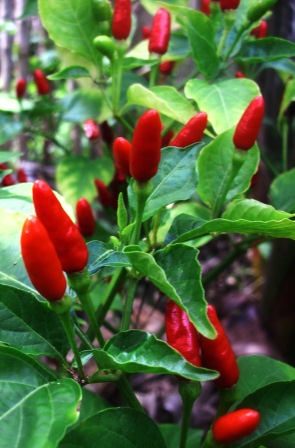Chopped Sugar Cane and Urea Supplementation in Ovines during the Dry Season
Main Article Content
Resumen
The aim of this paper was to prevent weight loss in ovines grazing on native grass, by providing chopped sugar cane alone, and chopped sugar cane + urea. Secondly, to evaluate the effect of sugar cane + urea supplementation compared to chopped sugar cane alone, on performance, consumption, and food conversion, along with ingesting behavior and production costs, of ovines fed native grass in the dry season. The study included nine 10-14 month-old ovines with an initial mean weight of 21.2 ± 2 kg. The experimental period lasted 90 days. The animals were distributed in three treatments: natural grass (G3), sugar cane + urea (G1), and sugar cane + pasture (G2). Compared to pasture alone, supplementation affected consumption (P <0.05). A significant difference was observed (P <0.05) for mean daily gains in the treatments with supplementation, compared to the pasture-alone treatment. Food conversion was higher (p<0.05) in the sugar cane + urea treatment. The economic result was positive for all the treatments with sugar cane + urea, and sugar cane alone. The pasture-only treatment showed a negative result. Supplementation with sugar cane + urea, and sugar cane alone increased performance and total food consumption. Accordingly, the returns were higher for the animals supplemented with sugar cane + urea.
Descargas
Resumen
The aim of this paper was to prevent weight loss in ovines grazing on native grass, by providing chopped sugar cane alone, and chopped sugar cane + urea. Secondly, to evaluate the effect of sugar cane + urea supplementation compared to chopped sugar cane alone, on performance, consumption, and food conversion, along with ingesting behavior and production costs, of ovines fed native grass in the dry season. The study included nine 10-14 month-old ovines with an initial mean weight of 21.2 ± 2 kg. The experimental period lasted 90 days. The animals were distributed in three treatments: natural grass (G3), sugar cane + urea (G1), and sugar cane + pasture (G2). Compared to pasture alone, supplementation affected consumption (P <0.05). A significant difference was observed (P <0.05) for mean daily gains in the treatments with supplementation, compared to the pasture-alone treatment. Food conversion was higher (p<0.05) in the sugar cane + urea treatment. The economic result was positive for all the treatments with sugar cane + urea, and sugar cane alone. The pasture-only treatment showed a negative result. Supplementation with sugar cane + urea, and sugar cane alone increased performance and total food consumption. Accordingly, the returns were higher for the animals supplemented with sugar cane + urea.
Article Details

Esta obra está bajo licencia internacional Creative Commons Reconocimiento-NoComercial-SinObrasDerivadas 4.0.
Derechos de autor 2018
Copyright ©Agrisost/ (CC BY-NC-SA 4.0)

Esta obra está bajo licencia internacional
Creative Commons Reconocimiento-NoComercial-SinObrasDerivadas 4.0

